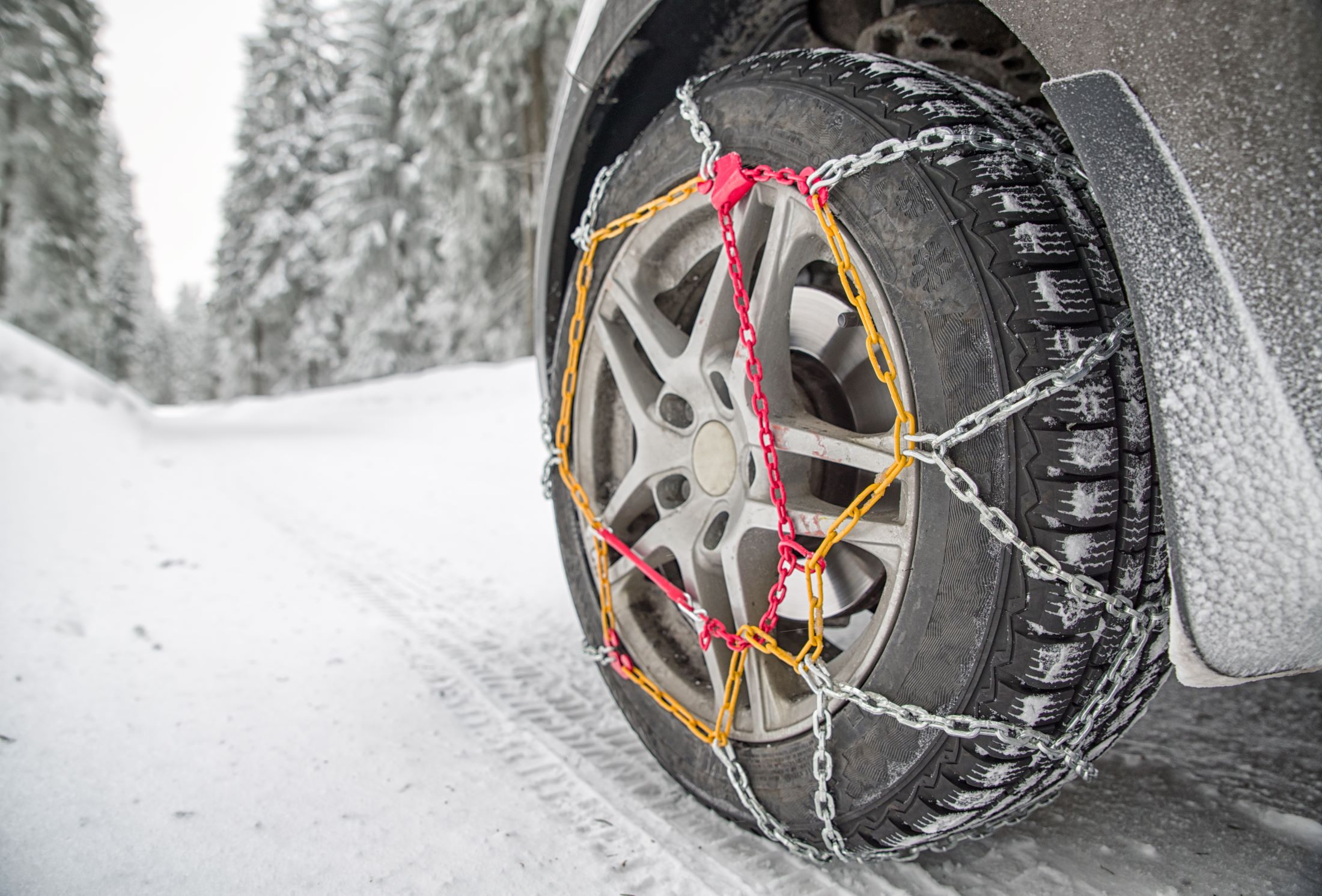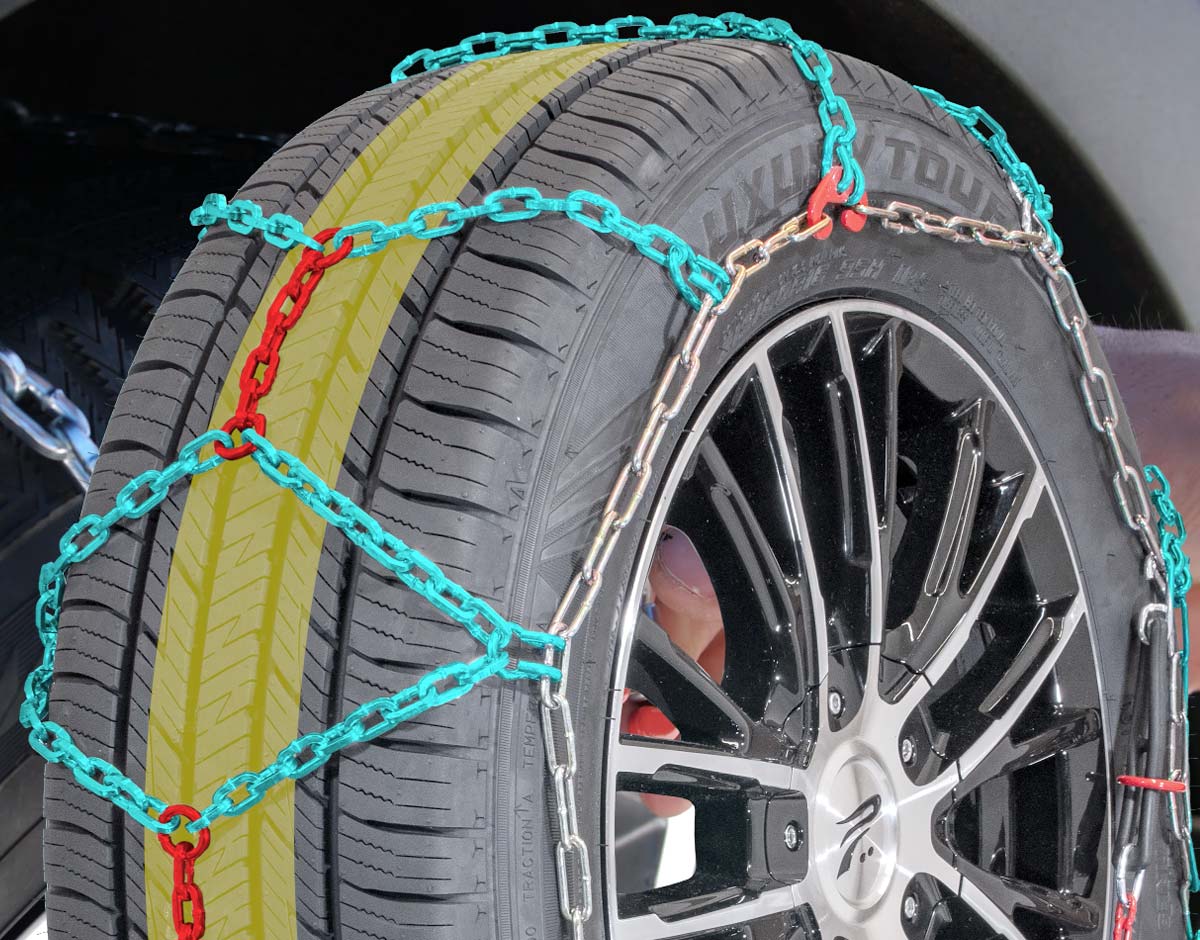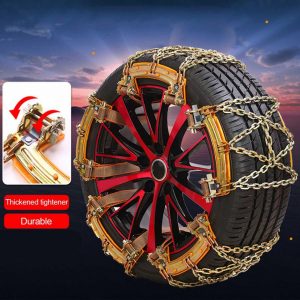Automobile anti-skid chains are an essential piece of winter weather driving equipment that help drivers maintain control and stability on icy and snowy roads. The production process for these chains is a complex and precise operation that involves several steps to ensure the final product meets the necessary quality standards. In this article, we will discuss the production process of automobile anti-skid chains and the steps involved in creating a high-quality and reliable product.
Materials Selection
The first step in the production process of automobile anti-skid chains is selecting the right materials. The chains are typically made from high-quality steel or titanium, which are strong, durable, and resistant to wear and tear. These materials are also designed to withstand the harsh winter weather conditions, including exposure to salt and other de-icing chemicals.
Wire Drawing
Once the materials have been selected, the next step is wire drawing. This process involves pulling the raw material through a series of dies to create the desired wire size and shape. The wire is then cut into specific lengths and fed into the next stage of the production process.
Forming
In the forming stage, the wire is shaped into the specific pattern and design required for the anti-skid chains. This is typically done using a series of specialized machines that can bend, twist, and shape the wire to create the desired design. The machines are often operated by skilled technicians who carefully monitor the process to ensure the chains are formed correctly and meet the necessary quality standards.

Heat Treatment
After the wire has been formed into the desired shape, it is heat treated to improve its strength and durability. This involves subjecting the wire to high temperatures for a specific period of time, which can vary depending on the type of material and the desired properties. Heat treatment is critical for ensuring the chains can withstand the harsh winter weather conditions and remain reliable and effective over time.
Assembly
Once the wire has been formed and heat treated, the final step is assembly. This involves attaching the chains to the connecting links and hooks, which are used to attach the chains to the vehicle’s tires. The assembly process is typically done by skilled technicians who carefully inspect each chain to ensure it is assembled correctly and meets the necessary quality standards.
Quality Control
Throughout the production process, quality control is a critical component to ensure the final product meets the necessary standards for safety and reliability. This involves a series of inspections and tests to check the strength, durability, and overall performance of the chains. Quality control is often conducted by trained technicians who use specialized equipment to test the chains under a variety of conditions to ensure they will perform well in real-world driving situations.
Conclusion
In conclusion, the production process of automobile anti-skid chains is a complex and precise operation that involves several steps to ensure the final product meets the necessary quality standards. These steps include materials selection, wire drawing, forming, heat treatment, assembly, and quality control. By carefully following each step of the process and ensuring strict quality control, manufacturers can create high-quality and reliable anti-skid chains that help drivers stay safe and in control on icy and snowy roads.





